The Untold Stories of Native American Nations
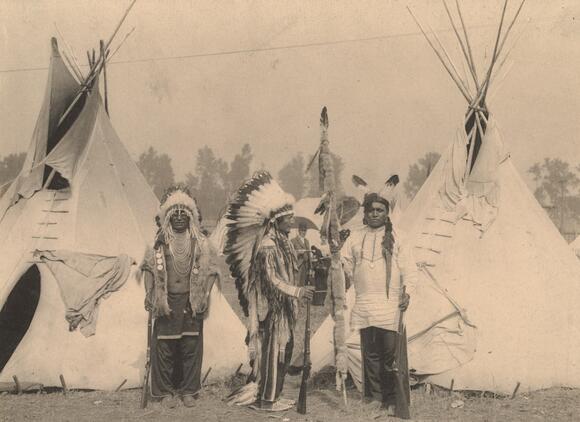
When most people picture the American frontier, they imagine cowboys and pioneers, but the land was home to thriving Native American nations for thousands of years before settlers arrived. Tribes such as the Comanche, Apache, and Lakota shaped the landscape with their own rich cultures, politics, and trade networks. Recent studies estimate that in the early 1600s, more than 10 million Native Americans lived throughout North America. Their histories, languages, and achievements are often overlooked in popular narratives. For example, Native engineers built sophisticated irrigation systems in the Southwest, and their diplomatic skills were crucial in early interactions with European colonists. In 2023, new archaeological finds in Oklahoma unearthed tools and pottery that predate European contact by centuries, proving advanced societies thrived long before the Wild West era. The American frontier cannot be understood without acknowledging the deep roots of its original inhabitants.
The Hidden Role of Black Pioneers and Cowboys
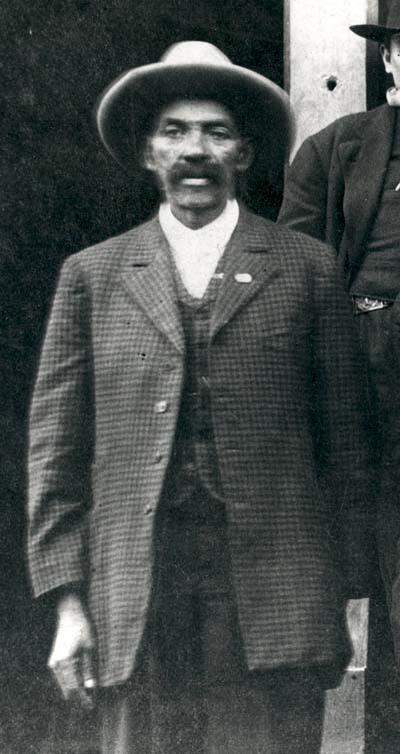
The classic image of the cowboy is overwhelmingly white, yet historians now estimate that one in four cowboys in the American West was Black. After the Civil War, thousands of freedmen moved westward, seeking new opportunities and freedom from oppression. Figures like Bass Reeves, a Black deputy U.S. marshal, became legendary for their bravery and skill. Recent documentaries and books highlight forgotten Black settlements like Nicodemus, Kansas, founded in 1877, which is now a National Historic Site. Census data from 1880 shows significant Black populations in frontier towns, reflecting a diversity rarely shown in movies. This overlooked chapter challenges the myth of a homogenous West and reveals the frontier as a place of hope and struggle for many.
The Women Who Shaped the Frontier
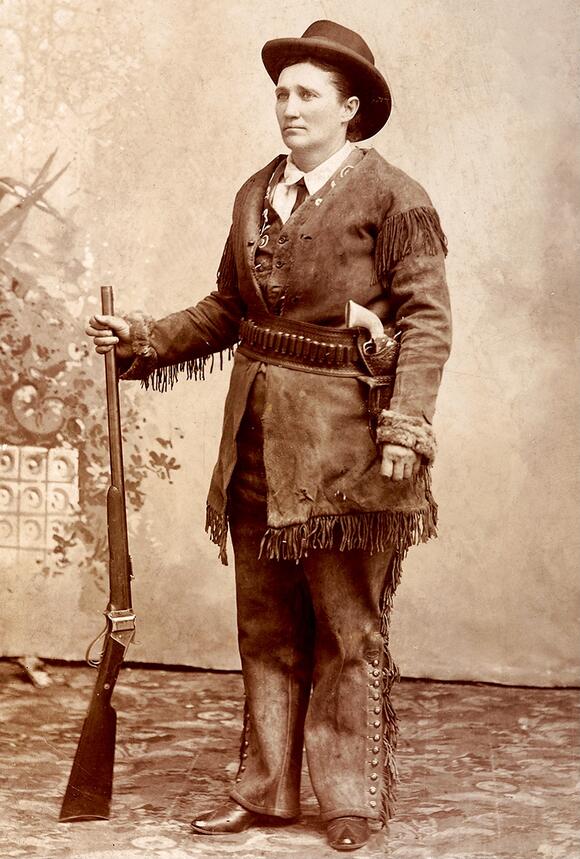
Women played a much larger role in the American frontier than most people realize. They were homesteaders, teachers, business owners, and even outlaws. Records from the Homestead Act of 1862 reveal that more than 12% of land claims in certain territories were made by women, a surprising statistic for the time. In mining towns, women often ran boarding houses, stores, and even newspapers. Figures like Annie Oakley and Calamity Jane gained national fame, but countless others remain unsung. Diaries and letters uncovered in the past decade show women’s resilience and ingenuity in the face of hardship. Their stories are now inspiring new generations to reexamine what it meant to be a pioneer.
The Asian American Contributions to the Frontier

Asian immigrants, especially Chinese laborers, played a pivotal role in building the American West, particularly through their work on the Transcontinental Railroad. By 1869, over 12,000 Chinese workers had laid more than 80% of the Central Pacific track. Despite facing discrimination and violence, their efforts connected the country coast-to-coast. Historic newspapers from San Francisco’s Chinatown report on thriving communities, businesses, and schools established by Chinese Americans. Recent research from Stanford University highlights the Chinese Exclusion Act’s chilling effect on these communities, yet their legacy endures in the cities and railways they helped build. The story of the frontier is incomplete without acknowledging these vital contributions.
The Frontier’s Environmental Impact
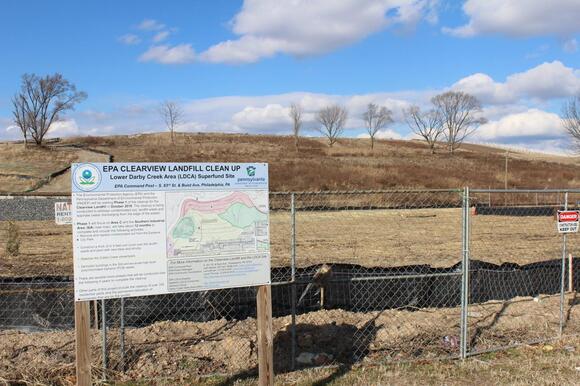
The rush for land, gold, and cattle on the frontier had lasting environmental consequences. According to the U.S. Geological Survey, the bison population plummeted from an estimated 30 million in the early 1800s to just a few hundred by 1889. Overgrazing, deforestation, and mining devastated vast stretches of land. Today, many former mining towns are Superfund sites due to toxic waste. Studies published in 2024 warn that the ecological scars of frontier expansion still affect water and soil quality in places like Colorado and Montana. The story of the American frontier is not just one of opportunity but also of irreversible change to the land itself.
The Wild West’s Forgotten Lawmen and Outlaws
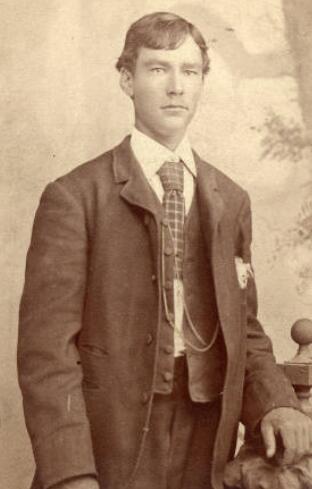
The legends of Jesse James and Wyatt Earp are just the tip of the iceberg. Recent FBI archives and old court documents reveal a much more complex world of lawmen and outlaws on the frontier. Black and Hispanic sheriffs, such as Elfego Baca in New Mexico, maintained order in dangerous territories. Meanwhile, female bandits like Belle Starr challenged gender norms and law enforcement alike. The 2022 digitization of frontier newspapers has brought to light forgotten shootouts, daring escapes, and unsolved crimes that kept settlers on edge. The reality was often far grittier and more diverse than Hollywood would have us believe.
The Boom and Bust of Gold Rush Towns
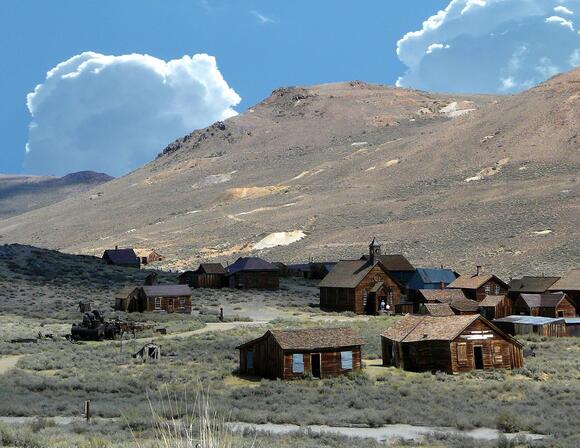
The Gold Rush of 1849 brought a tidal wave of fortune-seekers to the West, but few struck it rich. Census records from California show that most miners left empty-handed, and many towns disappeared almost overnight. Ghost towns like Bodie, California, are now preserved as state parks, haunting reminders of dreams gained and lost. Historical data from the U.S. Mint reveals that only a fraction of miners ever made a significant profit. The rapid rise and fall of these towns shaped the economic landscape of the West and left behind stories of hope, desperation, and human resilience.
The Influence of Mexican and Spanish Cultures

Long before the United States expanded westward, the frontier was part of Mexico and Spain’s vast empires. Place names like Los Angeles, San Antonio, and Santa Fe are echoes of this era. Spanish missions, ranches, and laws influenced everything from architecture to agriculture. The Treaty of Guadalupe Hidalgo in 1848 redrew borders but left deep cultural ties. Modern historians point to the persistence of traditions such as vaquero (cowboy) skills and regional cuisine. 2025 census data shows that Hispanic heritage remains a cornerstone of frontier states, shaping identity and community life to this day.
The Myth Versus Reality of Frontier Life
The frontier is often romanticized as a land of endless opportunity, but the reality was much harsher. Diaries and census data reveal high mortality rates from disease, accidents, and violence. For many, daily life meant backbreaking labor and constant uncertainty. Recent research by the University of Nebraska examines the psychological toll of isolation and hardship on settlers. Letters from homesteaders describe loneliness, hunger, and the ever-present threat of disaster. The myth of rugged individualism overshadows the fact that survival often depended on community cooperation and mutual support.
The Ongoing Rediscovery of Frontier History

In recent years, historians, archaeologists, and descendants of frontier families have worked to recover and preserve the lost stories of the American West. New technology, such as ground-penetrating radar, has uncovered lost settlements and burial grounds, rewriting parts of frontier history every year. Museums and documentaries are now highlighting underrepresented groups and lesser-known events. The Smithsonian’s “Recovered Histories” project, launched in 2023, has brought previously hidden artifacts and documents to public attention. This ongoing rediscovery is helping to paint a fuller, more honest picture of the American frontier.